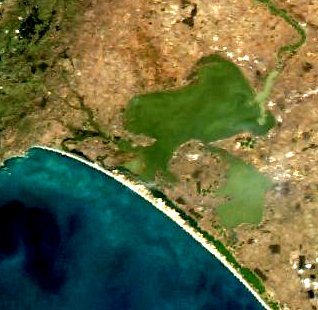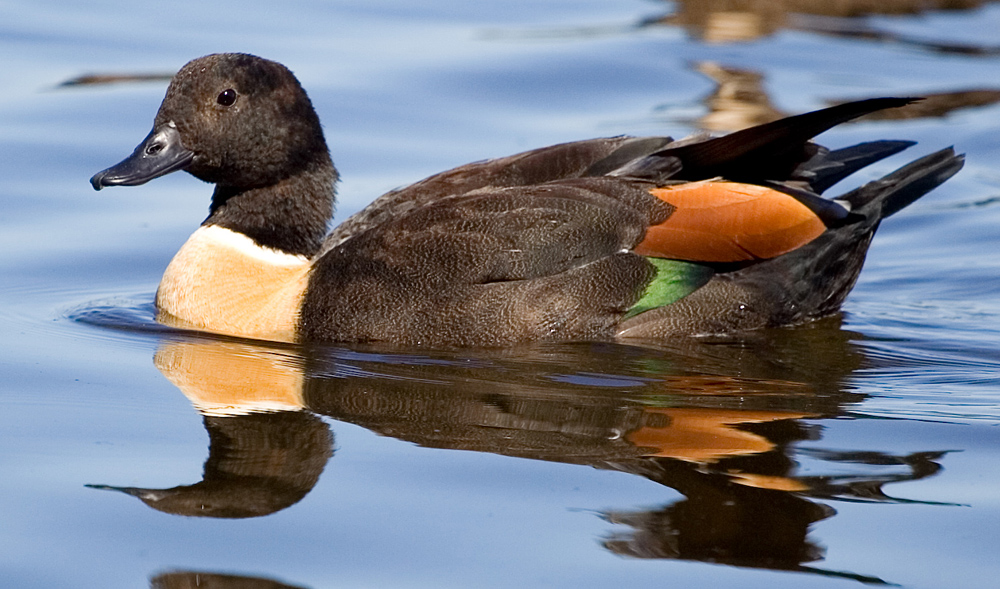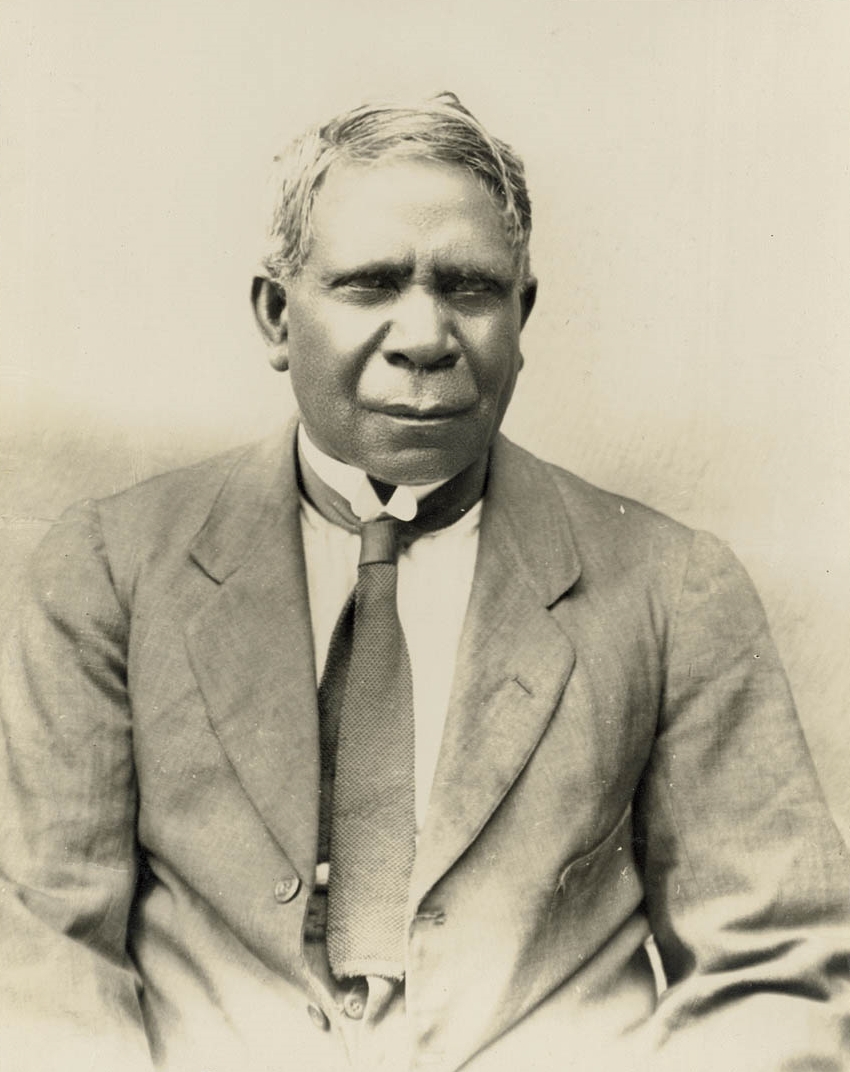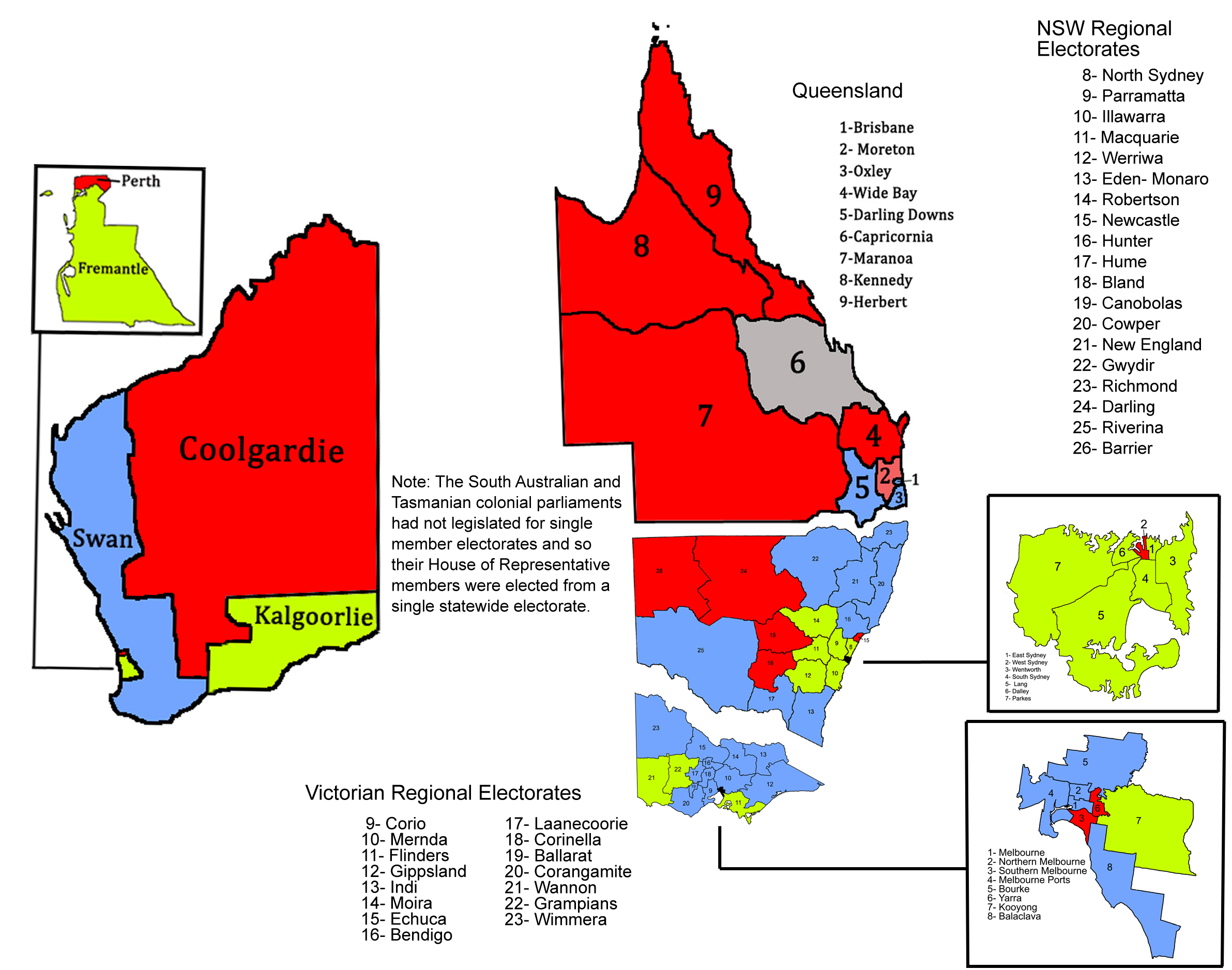|
Raukkan
Raukkan is an Australian Aboriginal community situated on the south-eastern shore of Lake Alexandrina in the locality of Narrung, southeast of the centre of South Australia's capital, Adelaide. Raukkan is "regarded as the home and heartland of Ngarrindjeri country." It was originally established as Point McLeay mission in 1859 and became an Aboriginal reserve in 1916. It was finally handed back to the Ngarrindjeri people in 1974, and renamed Raukkan in 1982. History Raukkan, which means "meeting place" in the Ngarrindjeri language,Whitehorn, p. 15. was for thousands of years an important meeting place for Ngarrindjeri "lakalinyeri" (clans) and the location of the Grand Tendi, the parliament of the Ngarrindjeri people.Mussared, D., "River people question price of 'progress', ''The Canberra Times'', 18 January 1993, p. 3. The Grand Tendi was composed of men elected from each of the eighteen lakalinyeri who then elected from its members the Rupulle or leader.Raukkan, p. 3. En ... [...More Info...] [...Related Items...] OR: [Wikipedia] [Google] [Baidu] |
Narrung, South Australia
Narrung is a town and locality in the Australian state of South Australia. It is situated at the northern extent of the Narrung Peninsula, which separates The Coorong from Lake Albert adjacent to The Narrows which separates Lake Albert from the larger Lake Alexandrina. The area of Narrung includes the Aboriginal (Ngarrindjeri) community of Raukkan. At the , the locality of Narrung had a population of 198. This included 106 Aboriginal and/or Torres Strait Islander peoples who lived in the Raukkan community. Narrung is located within the federal division of Barker, the state electoral district of MacKillop and the local government area of the Coorong District Council. See also *List of crossings of the Murray River *Loveday Bay (South Australia) Loveday Bay is an inlet in the Australian state of South Australia located at the south-eastern end of Lake Alexandrina on the west coast of the Narrung Peninsula. It is located within the locality of Narrung. The bay has a ... [...More Info...] [...Related Items...] OR: [Wikipedia] [Google] [Baidu] |
Ngarrindjeri
The Ngarrindjeri people are the traditional Aboriginal Australian people of the lower Murray River, eastern Fleurieu Peninsula, and the Coorong of the southern-central area of the state of South Australia. The term ''Ngarrindjeri'' means "belonging to men", and refers to a "tribal constellation". The Ngarrindjeri actually comprised several distinct if closely related tribal groups, including the Jarildekald, Tanganekald, Meintangk and Ramindjeri, who began to form a unified cultural bloc after remnants of each separate community congregated at Raukkan, South Australia (formerly Point McLeay Mission). A descendant of these peoples, Irene Watson, has argued that the notion of Ngarrindjeri identity is a cultural construct imposed by settler colonialists, who bundled together and conflated a variety of distinct Aboriginal cultural and kinship groups into one homogenised pattern is now known as Ngarrindjeri. Historical designation and usage Sources disagree as to who the Ngar ... [...More Info...] [...Related Items...] OR: [Wikipedia] [Google] [Baidu] |
Ngarrindjeri Language
The Ngarrindjeri people are the traditional Aboriginal Australian people of the lower Murray River, eastern Fleurieu Peninsula, and the Coorong of the southern-central area of the state of South Australia. The term ''Ngarrindjeri'' means "belonging to men", and refers to a "tribal constellation". The Ngarrindjeri actually comprised several distinct if closely related tribal groups, including the Jarildekald, Tanganekald, Meintangk and Ramindjeri, who began to form a unified cultural bloc after remnants of each separate community congregated at Raukkan, South Australia (formerly Point McLeay Mission). A descendant of these peoples, Irene Watson, has argued that the notion of Ngarrindjeri identity is a cultural construct imposed by settler colonialists, who bundled together and conflated a variety of distinct Aboriginal cultural and kinship groups into one homogenised pattern is now known as Ngarrindjeri. Historical designation and usage Sources disagree as to who the Ngarr ... [...More Info...] [...Related Items...] OR: [Wikipedia] [Google] [Baidu] |
George Taplin
George Taplin (24 August 1831 – 24 June 1879) was a Congregationalist minister who worked in Aboriginal missions in South Australia, and gained a reputation as an anthropologist, writing on Ngarrindjeri lore and customs. History Taplin was born in Kingston upon Thames, Surrey, and educated at a private school in Andover, Hampshire, where he lived with his maternal grandmother. He was trained for the legal profession but had ambitions to serve as a missionary. He left for Australia in 1849, and arrived at Adelaide in the ''Anna Maria'' on 12 October 1849. He worked for a time as a lawyer's clerk, and made the acquaintance of Rev. T. Q. Stow, with whom he boarded while studying for the ministry. While living there he married Stow's servant girl Martha Burnell, who also felt destined for missionary work. In October 1853 they left to help at a mission school in Currency Creek then in February 1854 opened a school at Port Elliot. The school was taken over by the Education Departm ... [...More Info...] [...Related Items...] OR: [Wikipedia] [Google] [Baidu] |
Lake Alexandrina (South Australia)
Lake Alexandrina is a coastal freshwater lake located between the Fleurieu and Kangaroo Island and Murray and Mallee regions of South Australia, about south-east of Adelaide. The lake adjoins the smaller Lake Albert (together known as the Lower Lakes) and a coastal lagoon called The Coorong to its southeast, before draining into the Great Australian Bight via a short, narrow opening known as Murray Mouth. Nomenclature Aboriginal naming Aboriginal people having an association with the lake were reported as knowing it by such names as ''Mungkuli,'' ''Parnka'' and ''Kayinga.'' European naming English settlers named the lake after Princess Alexandrina, niece and successor of King William IV of Great Britain and Ireland. When the princess ascended the throne and took the name Queen Victoria, there was some talk of changing the name of the lake to Lake Victoria, but the idea was dropped. Description Lake Alexandrina is located north of Encounter Bay and east of Fleurieu Pen ... [...More Info...] [...Related Items...] OR: [Wikipedia] [Google] [Baidu] |
Aborigines' Friends' Association
The Aborigines' Friends' Association (AFA) was established out of concern for "the moral, spiritual and physical well-being" of Australian Aboriginal people from the Northern Territory and particularly South Australia. This organisation operated for over 100 years, and had their final meeting in the year 2001. Foundation A well-attended public meeting was held on 31 August 1858 at Green's Exchange, 65 King William Street, Adelaide, presided by the Governor, Sir Richard MacDonnell formally to found the Association. Bishop Short proposed, seconded by the businesslike (Methodist) Rev. W. Ingram "That a Society be now formed to be called the Aborigines' Friends' Association, whose object shall be the moral, spiritual, and physical well-being of the natives of this Province".C. E. Bartlett ''A Brief History of the Point McLeay Reserve and District'' Aborigines' Friends' Association 1959 The Governor accepted the invitation to act as Patron, and a committee was formed consisting of ... [...More Info...] [...Related Items...] OR: [Wikipedia] [Google] [Baidu] |
Chief Protector Of Aborigines
The role of Protector of Aborigines was first established in South Australia in 1836. The role became established in other parts of Australia pursuant to a recommendation contained in the ''Report of the Parliamentary Select Committee on Aboriginal Tribes, (British settlements.)'' of the UK's Parliamentary Select Committee on Aboriginal Tribes. On 31 January 1838, Lord Glenelg, Secretary of State for War and the Colonies sent Governor Gipps of NSW the report. The report recommended that protectors of Aborigines should be engaged. They would be required to learn the Aboriginal language and their duties would be to watch over the rights of Indigenous Australians (mostly mainland Aboriginal Australians, but also Torres Strait Islander people), guard against encroachment on their property and to protect them from acts of cruelty, oppression and injustice. In many colonial, state, territory and similar jurisdictions a chief protector was appointed. Matthew Moorhouse became ... [...More Info...] [...Related Items...] OR: [Wikipedia] [Google] [Baidu] |
World War I
World War I (28 July 1914 11 November 1918), often abbreviated as WWI, was one of the deadliest global conflicts in history. Belligerents included much of Europe, the Russian Empire, the United States, and the Ottoman Empire, with fighting occurring throughout Europe, the Middle East, Africa, the Pacific, and parts of Asia. An estimated 9 million soldiers were killed in combat, plus another 23 million wounded, while 5 million civilians died as a result of military action, hunger, and disease. Millions more died in genocides within the Ottoman Empire and in the 1918 influenza pandemic, which was exacerbated by the movement of combatants during the war. Prior to 1914, the European great powers were divided between the Triple Entente (comprising France, Russia, and Britain) and the Triple Alliance (containing Germany, Austria-Hungary, and Italy). Tensions in the Balkans came to a head on 28 June 1914, following the assassination of Archduke Franz Ferdi ... [...More Info...] [...Related Items...] OR: [Wikipedia] [Google] [Baidu] |
1896 South Australian Colonial Election
Colonial elections were held in South Australia on 25 April 1896, excepting the Northern Territory, which voted on 2 May. All 54 seats in the South Australian House of Assembly were up for election. The incumbent liberal government led by Premier of South Australia Charles Kingston in an informal coalition with the United Labor Party (ULP) led by John McPherson defeated the conservative opposition. Each district elected multiple members, with voters casting multiple votes. Background The period after the 1893 election saw an increasing competition between the two new political parties – the ULP and the conservative National Defence League (NDL). It also reflected a trend for the conservative members to gravitate to the NDL, and the progressive members to support Kingston, a strong advocate of progressive social policy and reform of the Legislative Council. There was no "Liberal" or "Kingston" party, but there was a relatively cohesive Kingston group among both independent m ... [...More Info...] [...Related Items...] OR: [Wikipedia] [Google] [Baidu] |
Charles Sturt
Charles Napier Sturt (28 April 1795 – 16 June 1869) was a British officer and explorer of Australia, and part of the European exploration of Australia. He led several expeditions into the interior of the continent, starting from Sydney and later from Adelaide. His expeditions traced several of the westward-flowing rivers, establishing that they all merged into the Murray River, which flows into the Southern Ocean. He was searching to prove his own passionately held belief that an " inland sea" was located at the centre of the continent. He reached the rank of Captain, served in several appointed posts, and on the Legislative Council. Born to British parents in Bengal, British India, Sturt was educated in England for a time as a child and youth. He was placed in the British Army because his father was not wealthy enough to pay for Cambridge. After assignments in North America, Sturt was assigned to accompany a ship of convicts to Australia in 1827. Finding the place to his lik ... [...More Info...] [...Related Items...] OR: [Wikipedia] [Google] [Baidu] |
Australian Constitutional Referendums, 1898–1900
Australian(s) may refer to: Australia * Australia, a country * Australians, citizens of the Commonwealth of Australia ** European Australians ** Anglo-Celtic Australians, Australians descended principally from British colonists ** Aboriginal Australians, indigenous peoples of Australia as identified and defined within Australian law * Australia (continent) ** Indigenous Australians * Australian English, the dialect of the English language spoken in Australia * Australian Aboriginal languages * ''The Australian ''The Australian'', with its Saturday edition, ''The Weekend Australian'', is a broadsheet newspaper published by News Corp Australia since 14 July 1964.Bruns, Axel. "3.1. The active audience: Transforming journalism from gatekeeping to gatew ...'', a newspaper * Australiana, things of Australian origins Other uses * Australian (horse), a racehorse * Australian, British Columbia, an unincorporated community in Canada See also * The Australian (disambiguation ... [...More Info...] [...Related Items...] OR: [Wikipedia] [Google] [Baidu] |
1901 Australian Federal Election
The 1901 Australian federal election for the inaugural Parliament of Australia was held in Australia on Friday 29 March and Saturday 30 March 1901. The elections followed Federation and the establishment of the Commonwealth of Australia on 1 January 1901. All 75 seats in the Australian House of Representatives, six of which were uncontested, as well as all 36 seats in the Australian Senate, were up for election. After the initial confusion of the Hopetoun Blunder, the first Prime Minister of Australia, Edmund Barton, went into the inaugural 1901 federal election as the appointed head of a Protectionist Party caretaker government. While the Protectionists came first on votes and seats, they fell short of a majority. The incumbent government remained in office with the parliamentary support of the Labour Party, who held the balance of power, while the Free Trade Party formed the opposition. A few months prior to the 1903 election, Barton resigned to become a founding member ... [...More Info...] [...Related Items...] OR: [Wikipedia] [Google] [Baidu] |





